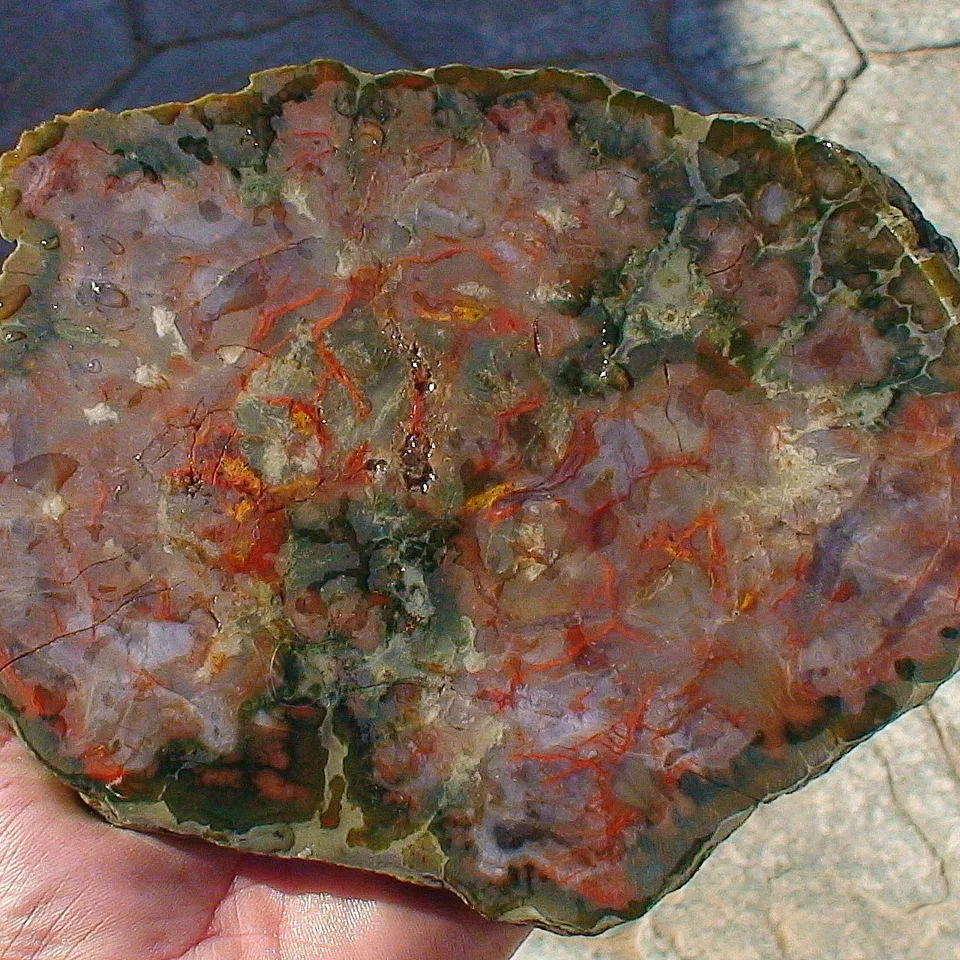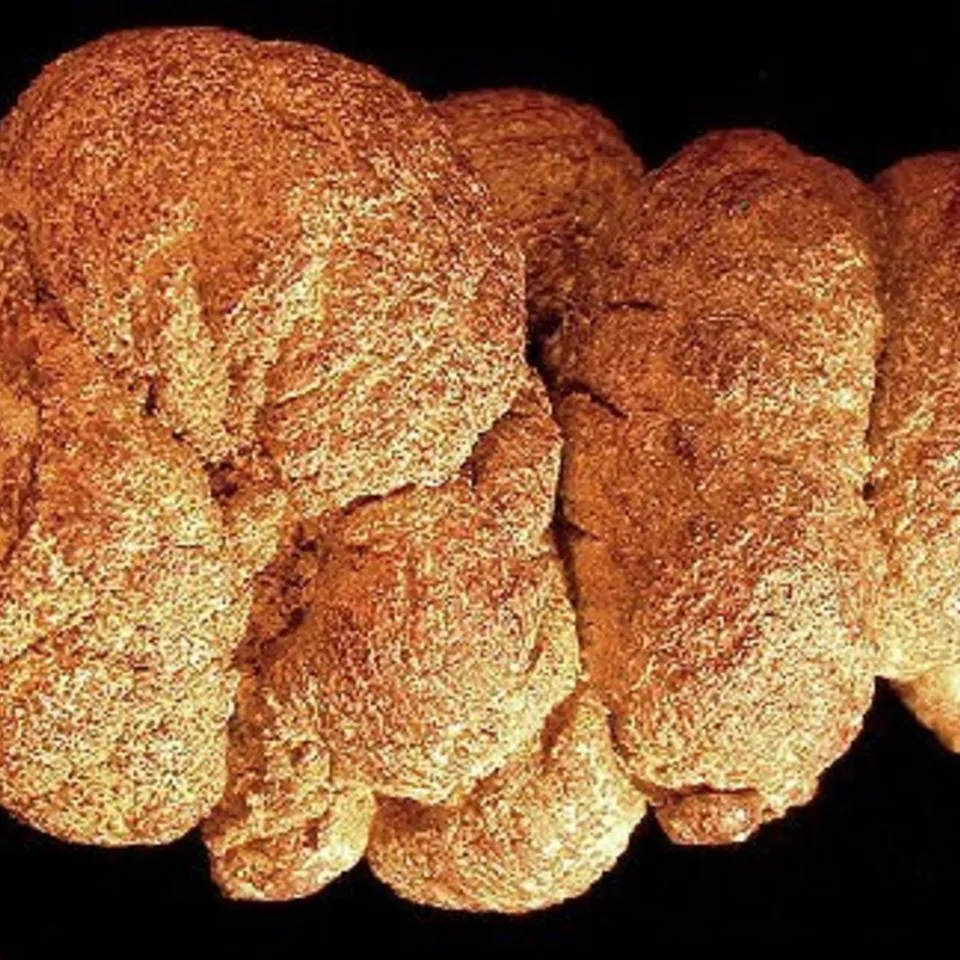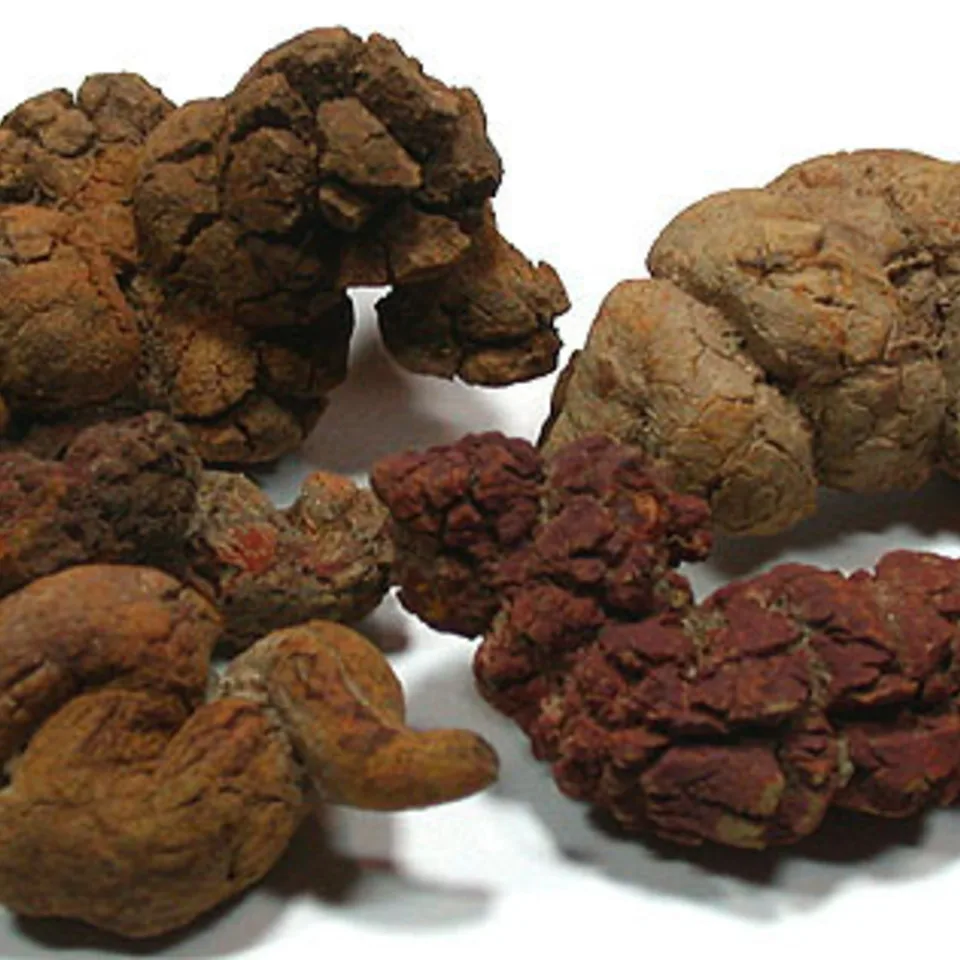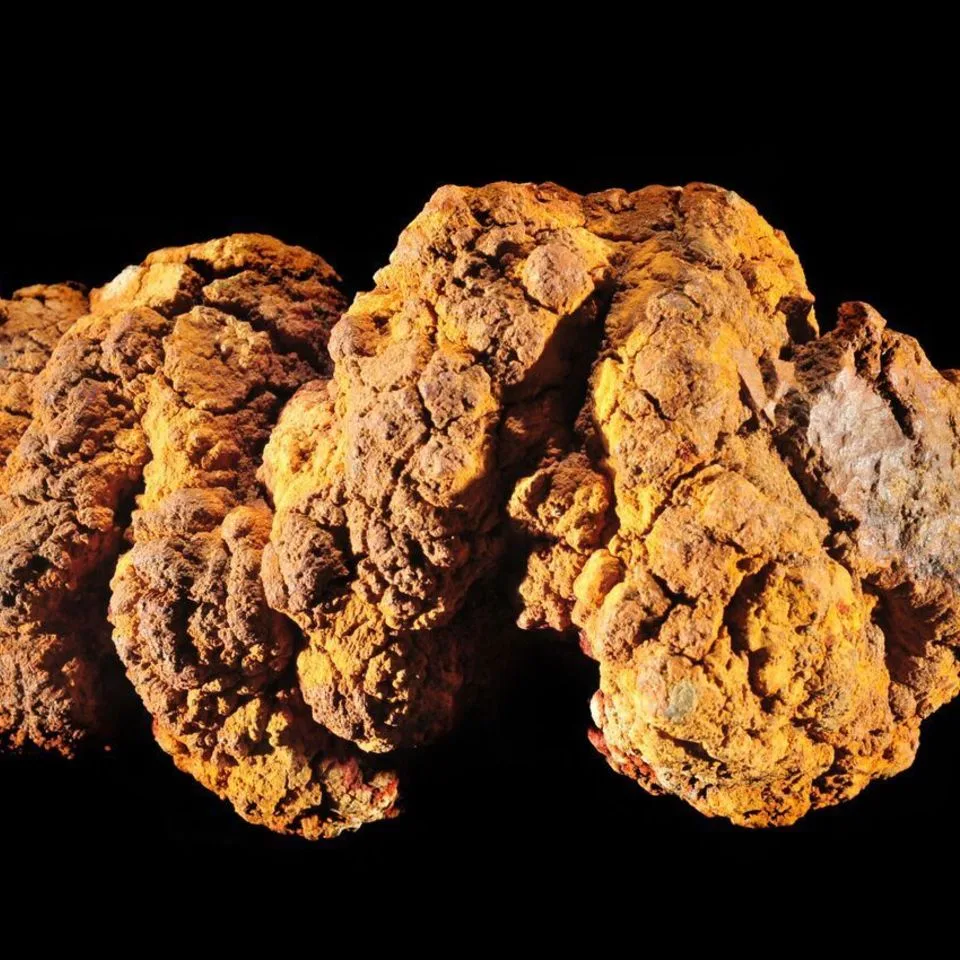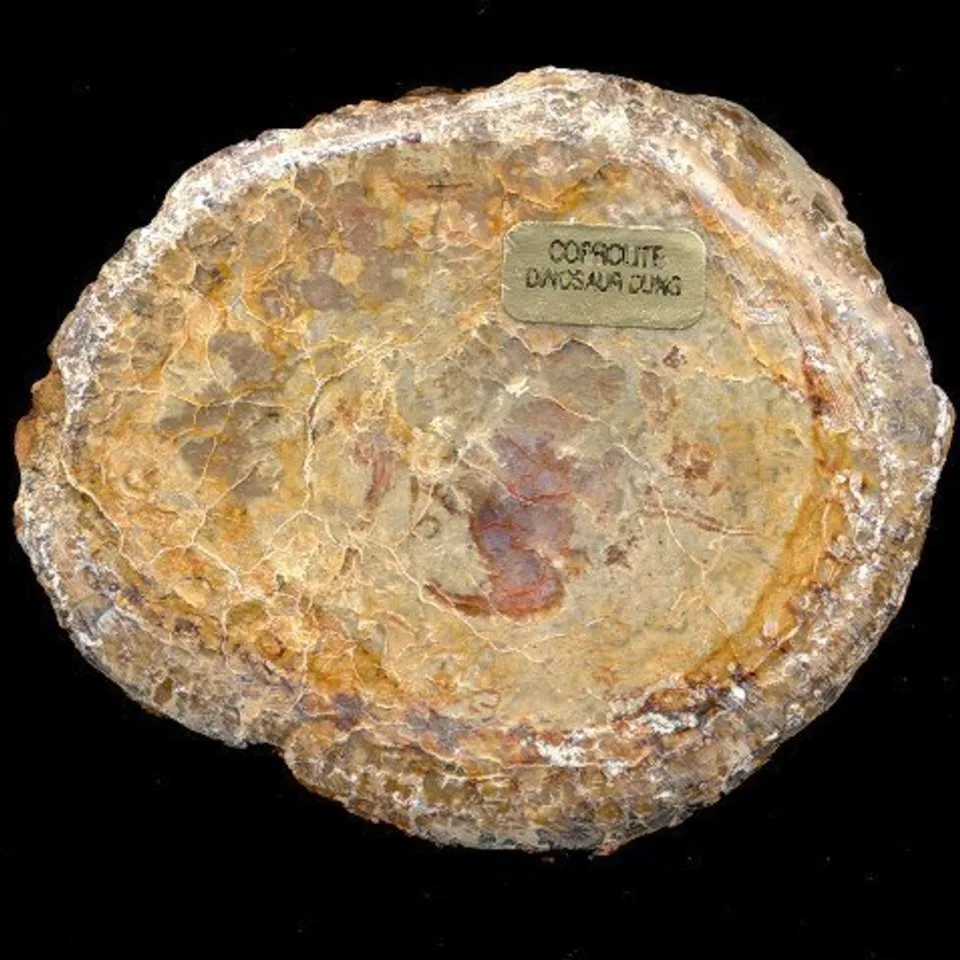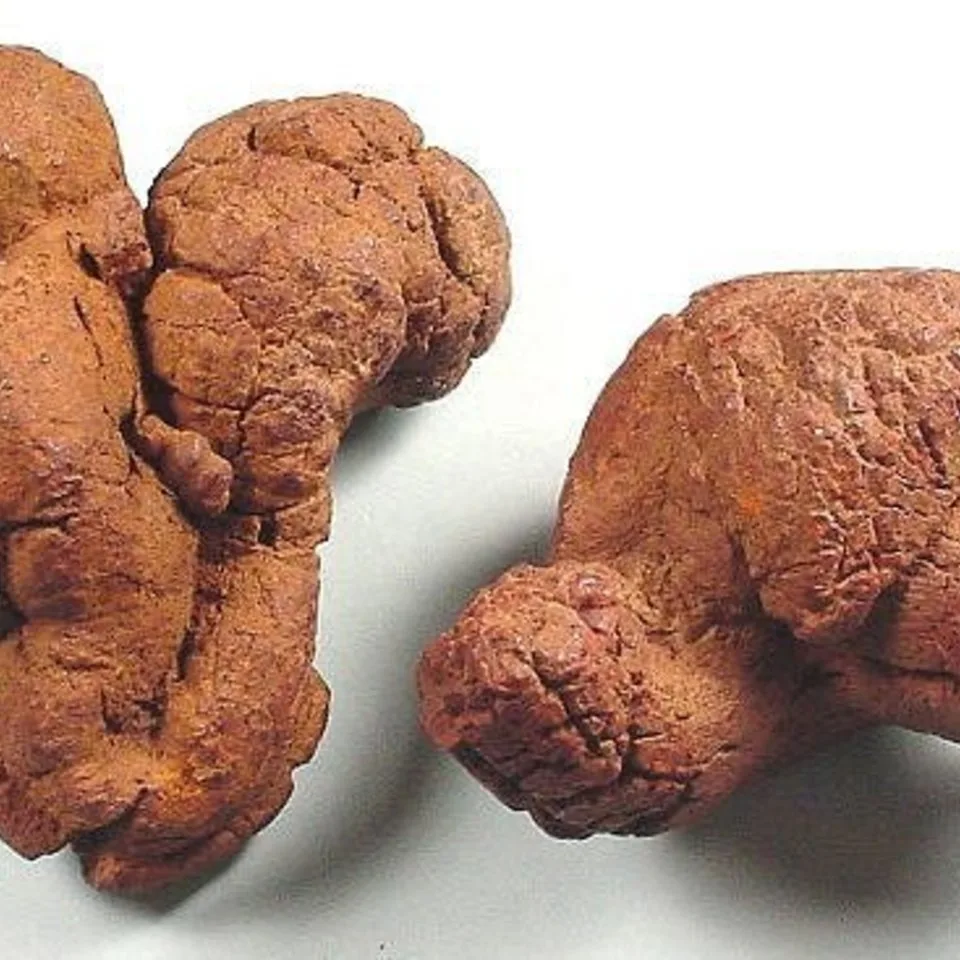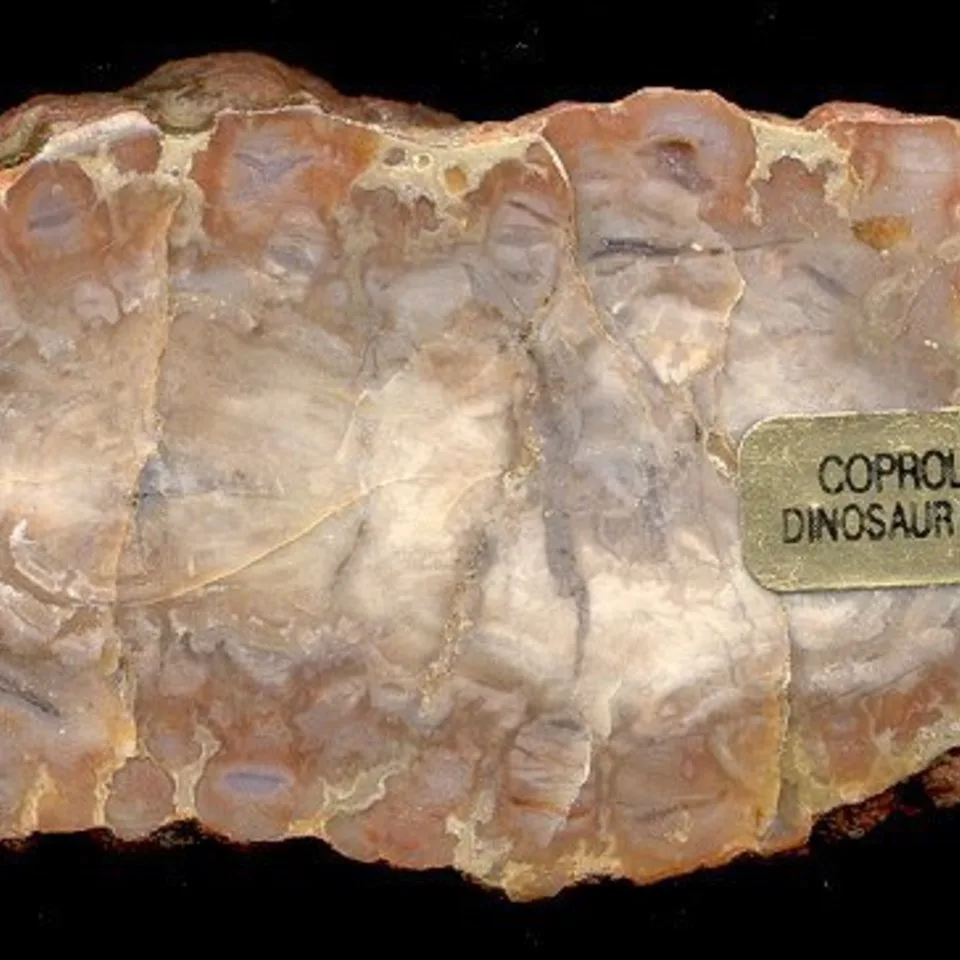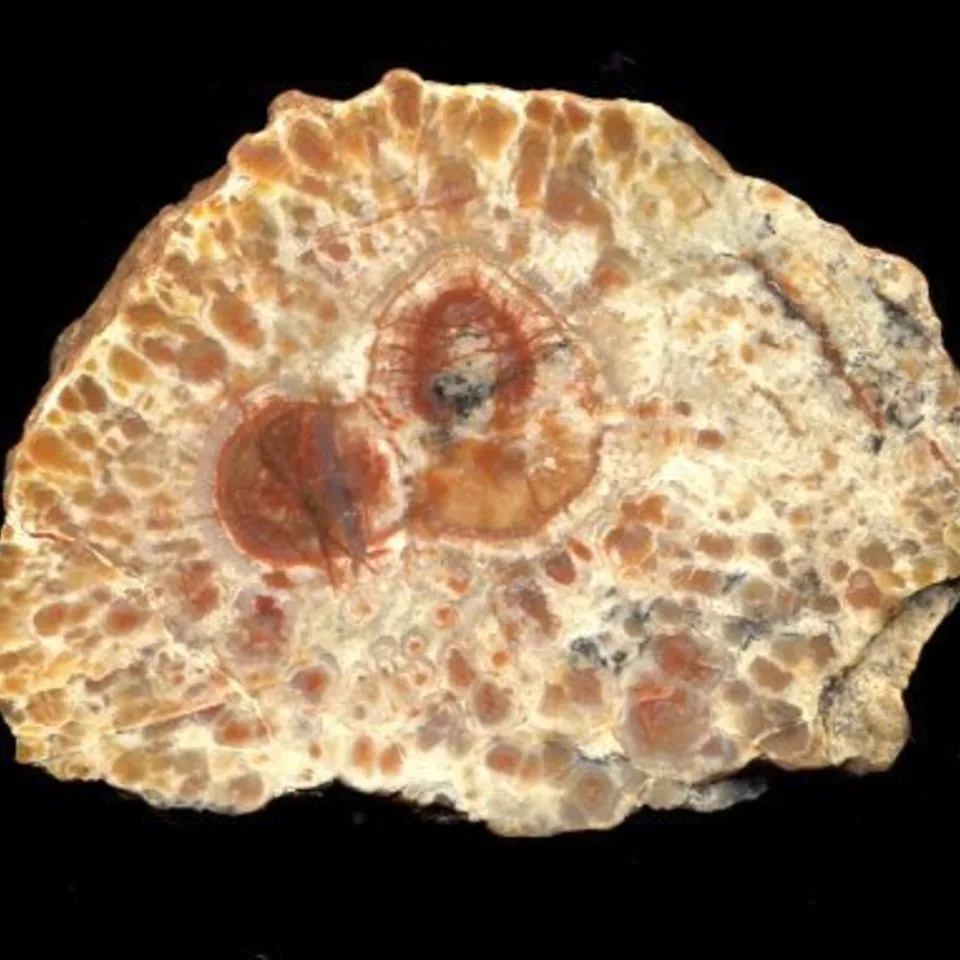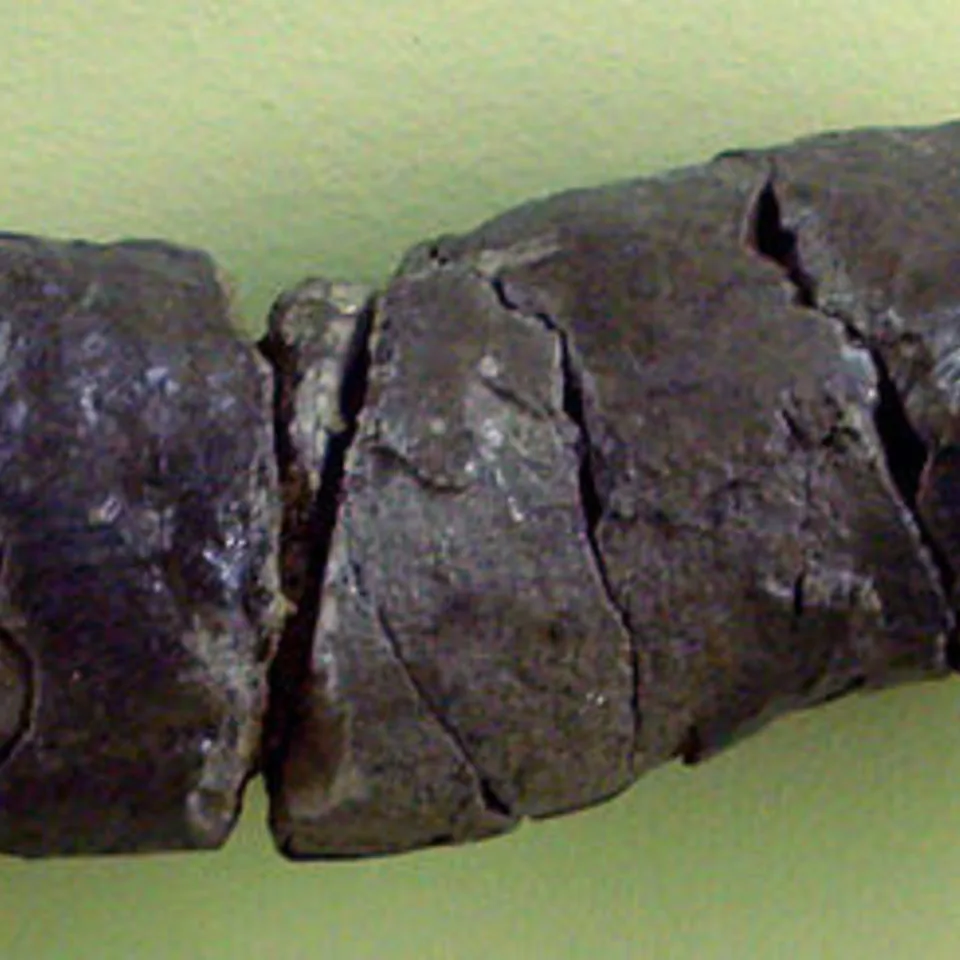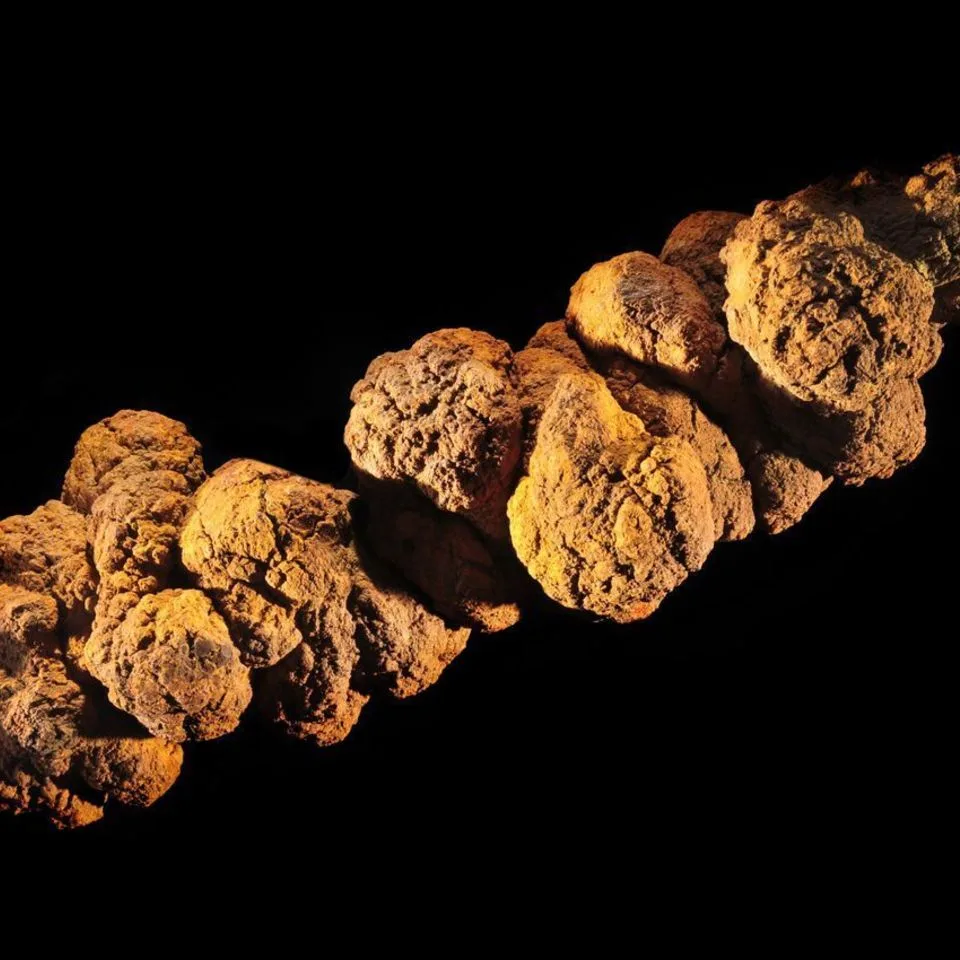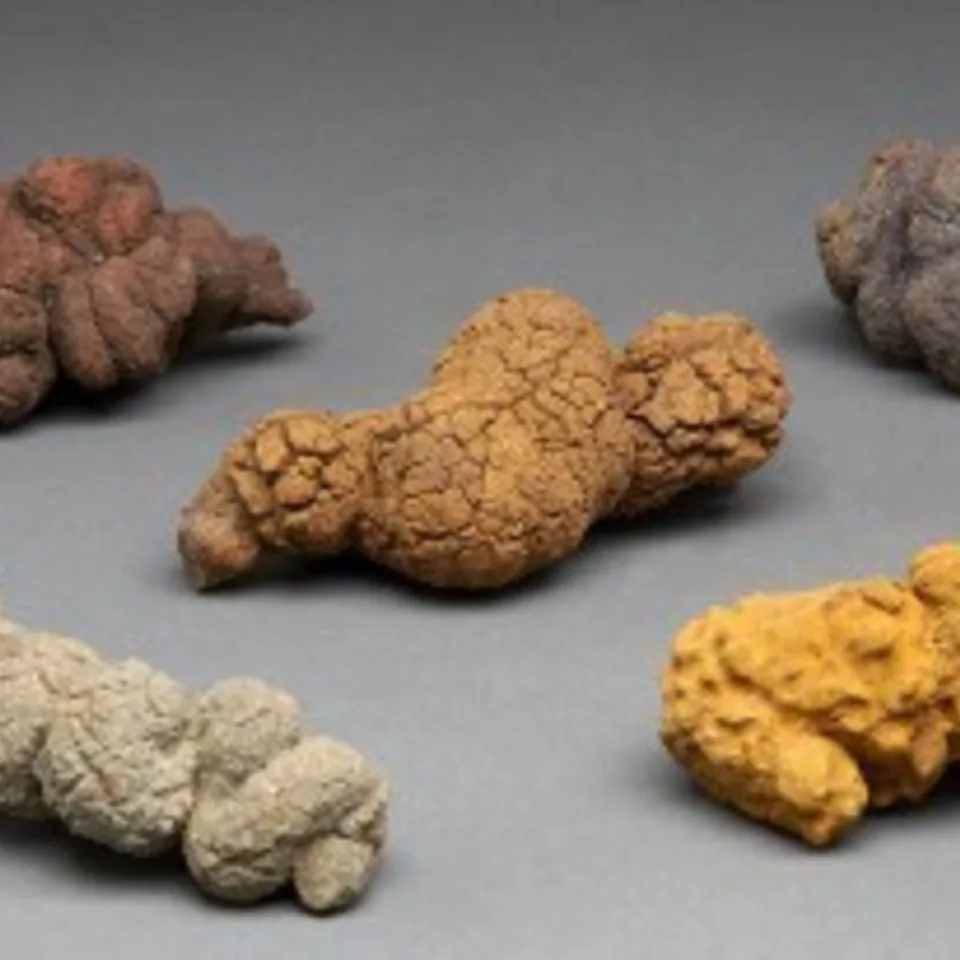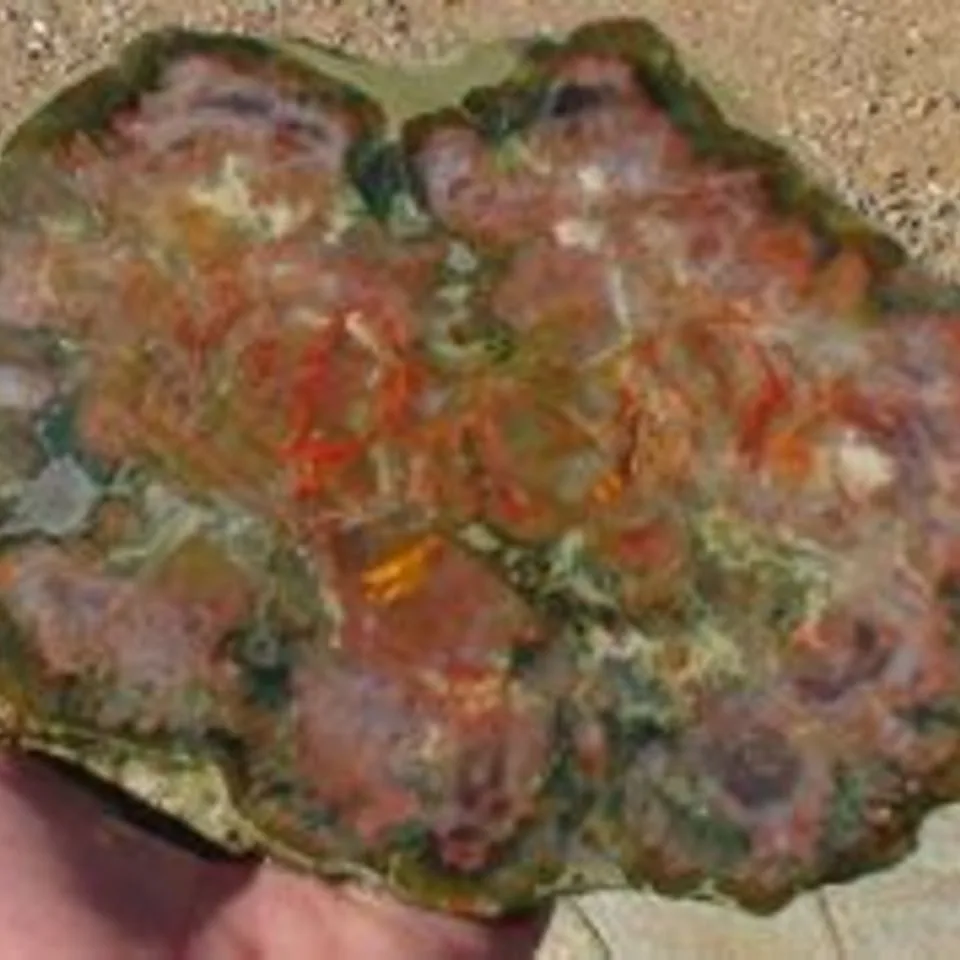Coprolite
A coprolite is fossilized feces. Coprolites are classified as trace fossils as opposed to body fossils, as they give evidence for the animal’s behaviour (in this case, diet) rather than morphology. The name is derived from the Greek words κόπρος (kopros, meaning “dung”) and λίθος (lithos, meaning “stone”). They were first described by William Buckland in 1829. Prior to this they were known as “fossil fir cones” and “bezoar stones”. They serve a valuable purpose in paleontology because they provide direct evidence of the predation and diet of extinct organisms. Coprolites may range in size from a few millimetres to over 60 centimetres.
Coprolites, distinct from paleofaeces, are fossilized animal dung. Like other fossils, coprolites have had much of their original composition replaced by mineral deposits such as silicates and calcium carbonates. Paleofaeces, on the other hand, retain much of their original organic composition and can be reconstituted to determine their original chemical properties, though in practice the term coprolite is also used for ancient human faecal material in archaeological contexts. In the same context, there are the urolites, erosions caused by evacuation of liquid wastes and nonliquid urinary secretions.
By examining coprolites, paleontologists are able to find learnrmation about the diet of the animal (if bones or other food remains are present), such as whether it was a herbivorous or carnivorous, and the taphonomy of the coprolites, although the producer is rarely identified unambiguously, especially with more ancient examples. In one example these fossils can be analyzed for certain minerals that are known to exist in trace amounts in certain species of plant that can still be detected millions of years later. In another example, the existence of human proteins in coprolites can be used to pinpoint the existence of cannibalistic behavior in an ancient culture. Parasite remains found in human and animal coprolites have also shed new light on questions of human migratory patterns, the diseases which plagued ancient civilizations, and animal domestication practices in the past (see archaeoparasitology and paleoparasitology).
